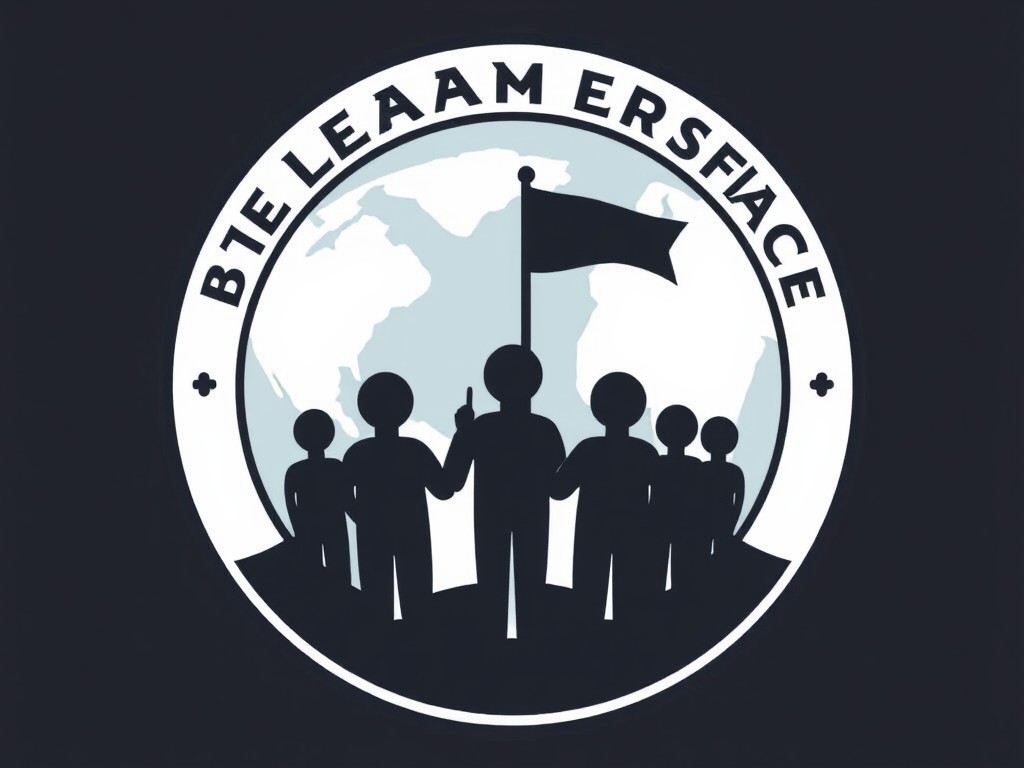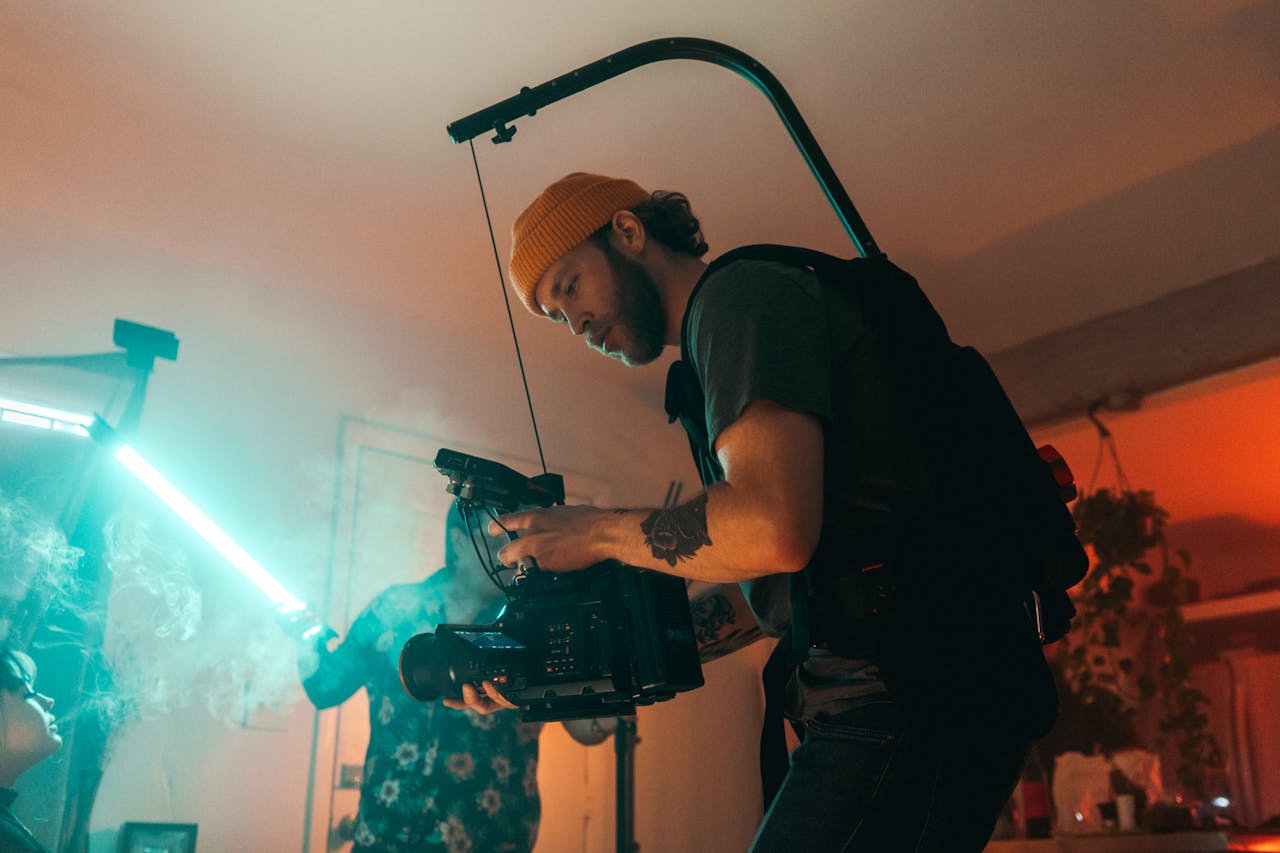Film production is a dynamic industry, but the stakes are high when it comes to health and safety compliance. UK film production companies must navigate a complex landscape of regulations to protect their crew and talent on set. With strict guidelines and potential legal repercussions, prioritising safety is not just a box-ticking exercise; it’s essential for successful and efficient production. Explore key strategies that will empower your team to ensure a safe working environment while allowing creativity to flourish.
Understanding UK Health and Safety Legislation
Navigating UK health and safety regulations is crucial for the film industry, ensuring a safe environment for all involved. At the heart of these regulations is the Health and Safety at Work Act 1974, which mandates that employers, including film producers, ensure the safety of their employees and the public. This act is the cornerstone of legal requirements, providing a framework for managing risks associated with film production.
Topic to read : Mastering UK Waste Management Regulations: A Comprehensive Guide for Your Recycling Startup
Film industry compliance involves adhering to specific guidelines tailored to the unique challenges of film sets. Producers must conduct risk assessments to identify potential hazards and implement measures to mitigate them. This proactive approach not only protects the crew and cast but also ensures the smooth operation of the production.
Producers play a pivotal role in safety compliance, tasked with creating a culture of safety on set. They must ensure that all crew members are aware of their responsibilities, which include following safety protocols and reporting any hazards. Crew members, in turn, are responsible for maintaining their own safety and that of their colleagues by adhering to established procedures.
Also read : Navigating Compliance: A Complete Guide for Shipbuilding Companies on UK and International Maritime Laws
Understanding and implementing these legal requirements is not just about compliance; it is about fostering a safe and productive working environment for everyone involved in the filmmaking process.
Risk Assessment and Management Strategies
In the film industry, conducting a risk assessment is a foundational step in ensuring safety on set. It begins with hazard identification, where potential risks are pinpointed. This involves evaluating every aspect of the production environment, from equipment and stunts to weather conditions and locations. Once hazards are identified, the next step is to assess the likelihood and severity of these risks, allowing producers to prioritize mitigation efforts effectively.
Common hazards in film production include electrical hazards, slips and trips, and equipment-related injuries. To mitigate these, producers can implement safety protocols such as regular equipment checks, proper signage, and training sessions for crew members. Ensuring that all safety gear is used appropriately and that emergency procedures are well understood is also crucial.
Developing a comprehensive risk management plan is essential for addressing the unique needs of each production. This plan should outline specific strategies for risk mitigation, including assigning responsibilities to crew members for safety oversight. Regular reviews and updates to the plan ensure that it remains relevant and effective throughout the production process. By integrating these strategies, film producers can create a safer working environment, minimizing disruptions and enhancing productivity.
Implementing Safety Protocols
Ensuring on-set safety measures is a critical aspect of film production, requiring robust safety protocols tailored to each department. For instance, the electrical team must adhere to guidelines that prevent electrical hazards, while the stunt department needs specific protocols to manage physical risks. Each department’s unique challenges necessitate customised approaches to safety.
Safety briefings are vital for both cast and crew, serving as an opportunity to address potential hazards and outline responsibilities. These briefings ensure everyone is aware of the safety protocols in place and understand their role in maintaining a safe environment. Regular training sessions further reinforce this knowledge, equipping individuals with the skills necessary to respond effectively to unforeseen situations.
Establishing emergency procedures is essential for handling incidents swiftly and efficiently. This includes developing a comprehensive communication plan that ensures all team members know how to report emergencies and receive instructions. Clear communication channels, such as designated radio frequencies or emergency contact lists, are crucial for coordinating responses and minimising confusion during critical moments.
By implementing these on-set safety measures, film productions can create a safer working environment, reducing risks and ensuring a smooth and successful production process.
Resources and Training for Compliance
In the film industry, maintaining compliance with health and safety regulations is paramount. To achieve this, engaging in comprehensive health and safety training is essential. Recommended programs include the Institution of Occupational Safety and Health (IOSH) courses, which offer certifications tailored to the needs of film production. These programs equip producers and crew with the skills needed to identify and manage on-set risks effectively.
Access to compliance resources is crucial for ensuring that safety standards are met consistently. Useful resources include detailed checklists that guide producers through the process of conducting thorough risk assessments. These checklists cover everything from equipment safety to emergency procedures, ensuring no aspect of production safety is overlooked.
Collaborating with health and safety organizations offers ongoing support and expertise. Organizations like the British Film Institute (BFI) provide valuable guidance and industry best practices, helping producers stay informed about the latest safety protocols. By partnering with these bodies, film productions can benefit from expert advice and resources tailored to the unique challenges of the industry.
To foster a culture of safety, it’s vital to integrate these industry best practices into everyday operations, ensuring a safe and compliant working environment for all involved.
Case Studies and Best Practices
Exploring case studies of successful health and safety implementations provides valuable insights into effective strategies within the UK film industry. One notable example is the production of a major blockbuster, which meticulously adhered to safety protocols, resulting in a flawless safety record. This production’s success stemmed from thorough risk assessments and proactive hazard management, setting a benchmark for others.
In contrast, some productions have faced compliance challenges, highlighting the importance of continuous learning and adaptation. A mid-sized film company, for instance, initially struggled with implementing safety measures due to a lack of clear communication channels. By revising their approach and fostering open dialogue among crew members, they overcame these obstacles, enhancing their overall safety compliance.
Industry insights from experts emphasize the necessity of maintaining rigorous safety standards on set. Professionals advocate for regular training sessions and the integration of safety protocols into daily operations. This not only ensures compliance but also cultivates a safety-first culture among cast and crew.
By examining these case studies and heeding expert advice, film producers can adopt best practices that enhance safety and efficiency, ultimately contributing to a successful and compliant production environment.






